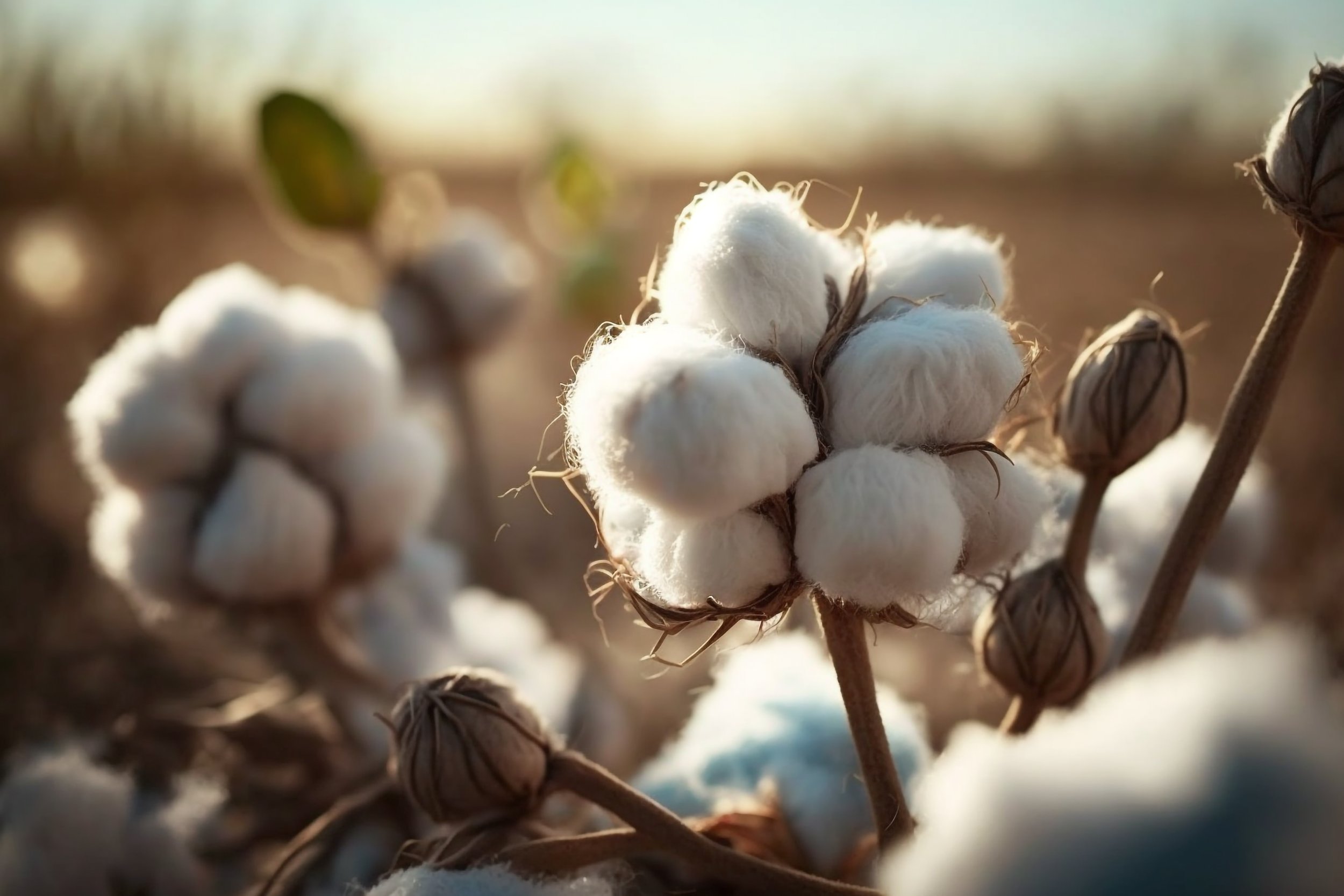
Blog

The Value of Produced Water for Agriculture: A Cost-Benefit Analysis
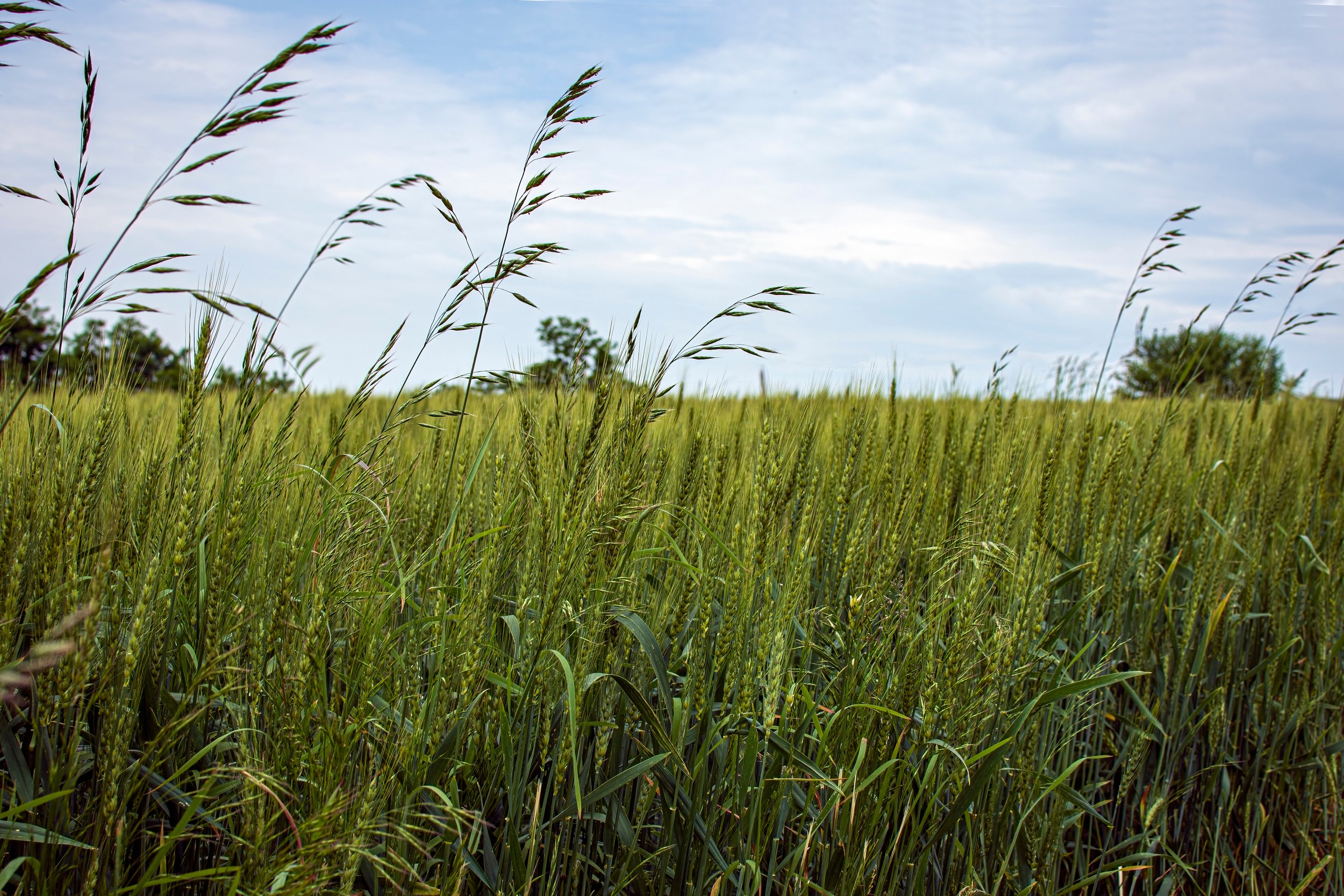
Water Infiltration Complexities: Cover vs No Cover
Soil infiltration refers to the soil’s ability to transport water into and through the exposed layer of soil. Infiltration allows the soil to temporarily store water, making it available for plants and soil organisms. The infiltration rate is a quantifiable measurement of the velocity at which water enters the soil, commonly expressed in inches/hour. A slow infiltration rate inevitably leads to ponding in level areas, surface runoff, and soil erosion. This will increase the likelihood of flooding, wasted resources, poor crop yield, soil nutrient loss, and economic loss. Sufficient water application is a must to ensure optimum crop yield. Water enters recharge zones and travels through porous soils, revitalizing groundwater aquifers and streams.
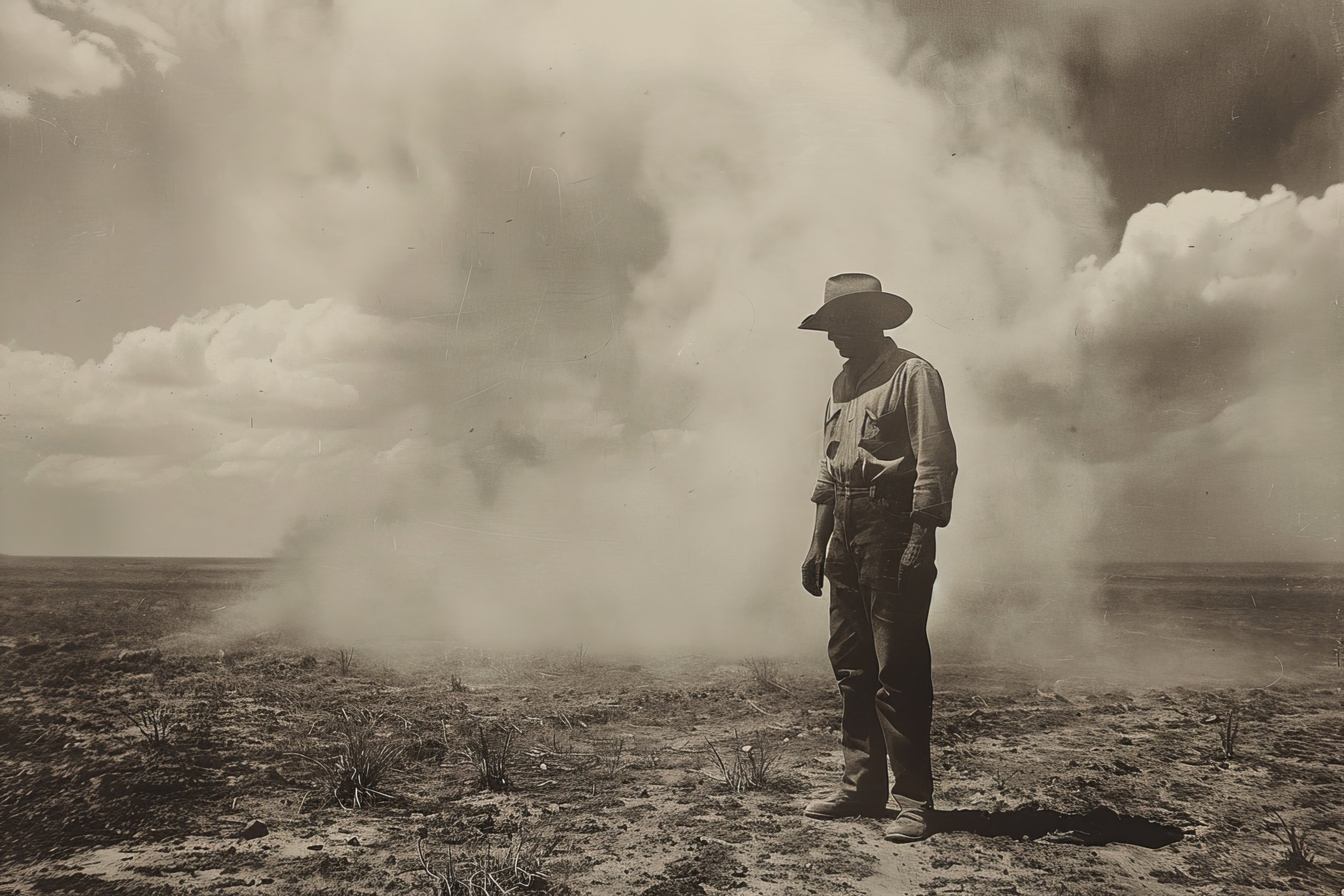
After the Dust Bowl: A New Way to Conserve Our Lands
The Dust Bowl and Depression era of the United States will never be forgotten. The toll it took on the southern states has reshaped the ways in which we farm today. Without the collaboration between landowners and the government we may have never begun to recover from the havoc wreaked on southern communities. At the end of the Dust Bowl programs started to be created to aid landowners in the reconstruction and conservation of their land in order to prevent another devastation like the Dust Bowl.
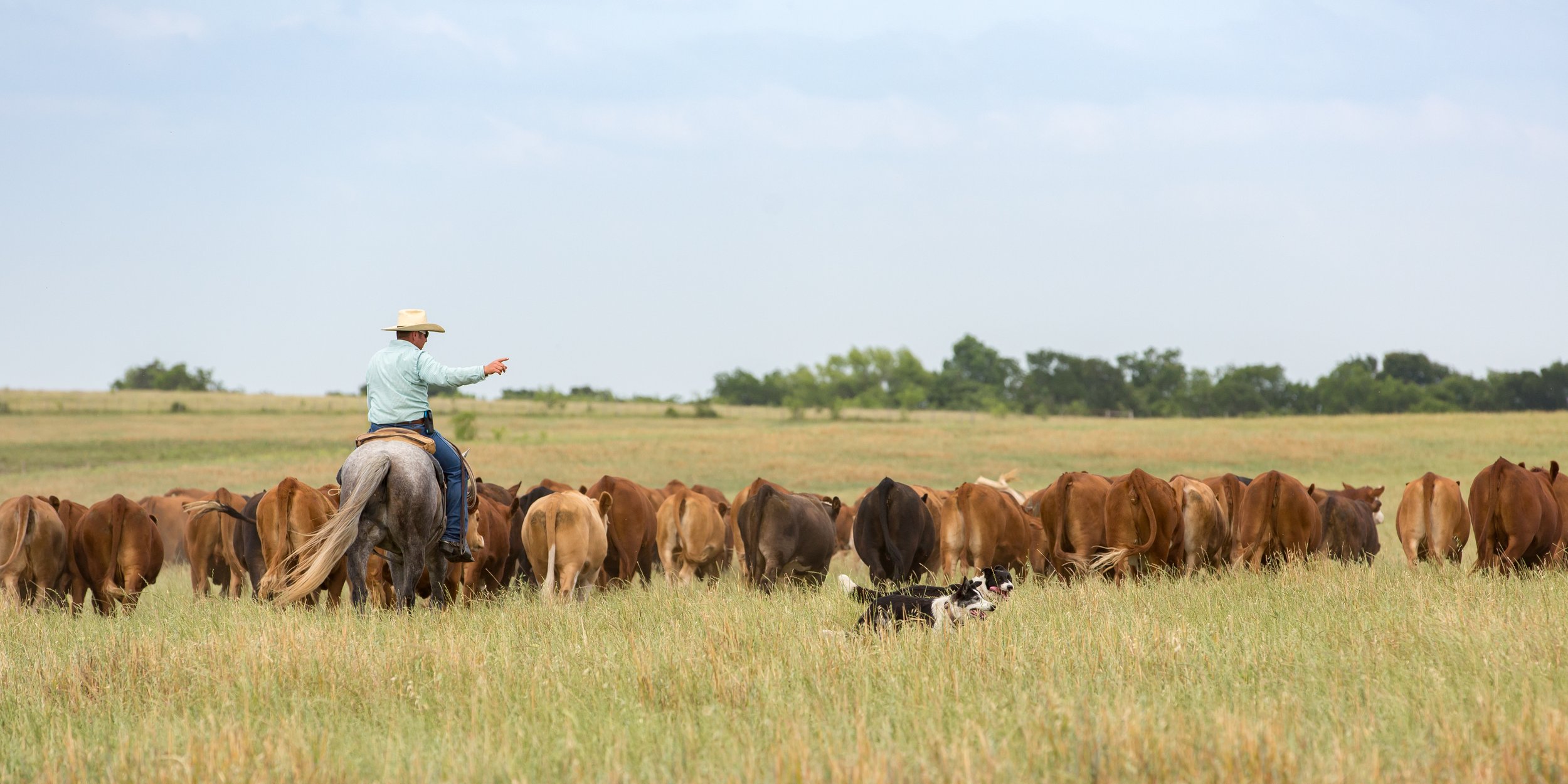
Unleashing Conservation Excellence: Exploring the Conservation Stewardship Program (CSP)
In the realm of land conservation, the Conservation Stewardship Program (CSP) stands as a beacon of opportunity for farmers and ranchers striving to cultivate sustainable landscapes. Rooted in the principles of stewardship and environmental responsibility, CSP empowers landowners to implement comprehensive conservation practices that not only enhance the health of their soil but also safeguard water quality and preserve vital wildlife habitats.

Nurturing Conservation: Understanding NRCS's Conservation Technical Assistance Program
As stewards of the land, farmers, ranchers, and landowners across the United States constantly strive to adopt practices that preserve soil health, conserve water, and protect wildlife habitats. In this journey towards sustainable land management, the Natural Resources Conservation Service (NRCS) stands as a vital ally, offering a plethora of programs and initiatives aimed at nurturing conservation efforts. Among these, the Conservation Technical Assistance (CTA) Program emerges as a cornerstone, providing invaluable guidance and support to those navigating the intricate landscape of land conservation.

NRCS Programs: Driving Land Conservation Efforts
In the realm of land conservation, the Natural Resources Conservation Service (NRCS) is a vital ally for farmers, ranchers, and landowners across the United States. NRCS was created to assist in preserving soil, water, and wildlife habitats while promoting sustainable land management practices. It does this through a range of programs. Farmers have participated in these conservation programs for generations, making some programs seem less relevant to producers. In addition, limited and sometimes unhelpful staff can discourage producers from seeking services. Many of the programs are cost-sharing, limiting a producer's ability to participate when they can not cover the remaining total. The Farm Bill is the funding path for farm programs. However, funding can come from other sources, such as the 2023 Inflation Reduction Act, the most significant federal investment in agriculture conservation since the Dust Bowl.

Remembering Bill Northey: A Champion of Conservation in Agriculture
Bill Northey, the fourth-generation farmer, former Iowa Secretary of Agriculture, and Under Secretary of Agriculture for Farm Production and Conservation was a towering figure in the realm of agriculture and conservation alike. His commitment to both the prosperity of farmers and the preservation of our natural resources serves as an enduring testament to his vision and leadership. We honor him today by emphasizing his achievements and learning from his crucial work.

Desalination and Produced Water: Navigating the Depths of Resource Management
Desalination is the process of removing salt and impurities from water. The practice has emerged as a crucial solution in addressing water scarcity. We will explore desalination’s profound connection to produced water, exploring the challenges, innovative approaches, and the potential impact on our freshwater resources.

Produced Water: A Complex Resource
Produced water, a byproduct of oil and gas extraction, is a complex yet significant resource that demands our attention. This page aims to unravel the intricacies of produced water, exploring its characteristics, challenges, and the innovative approaches being taken to manage and utilize this unique substance.
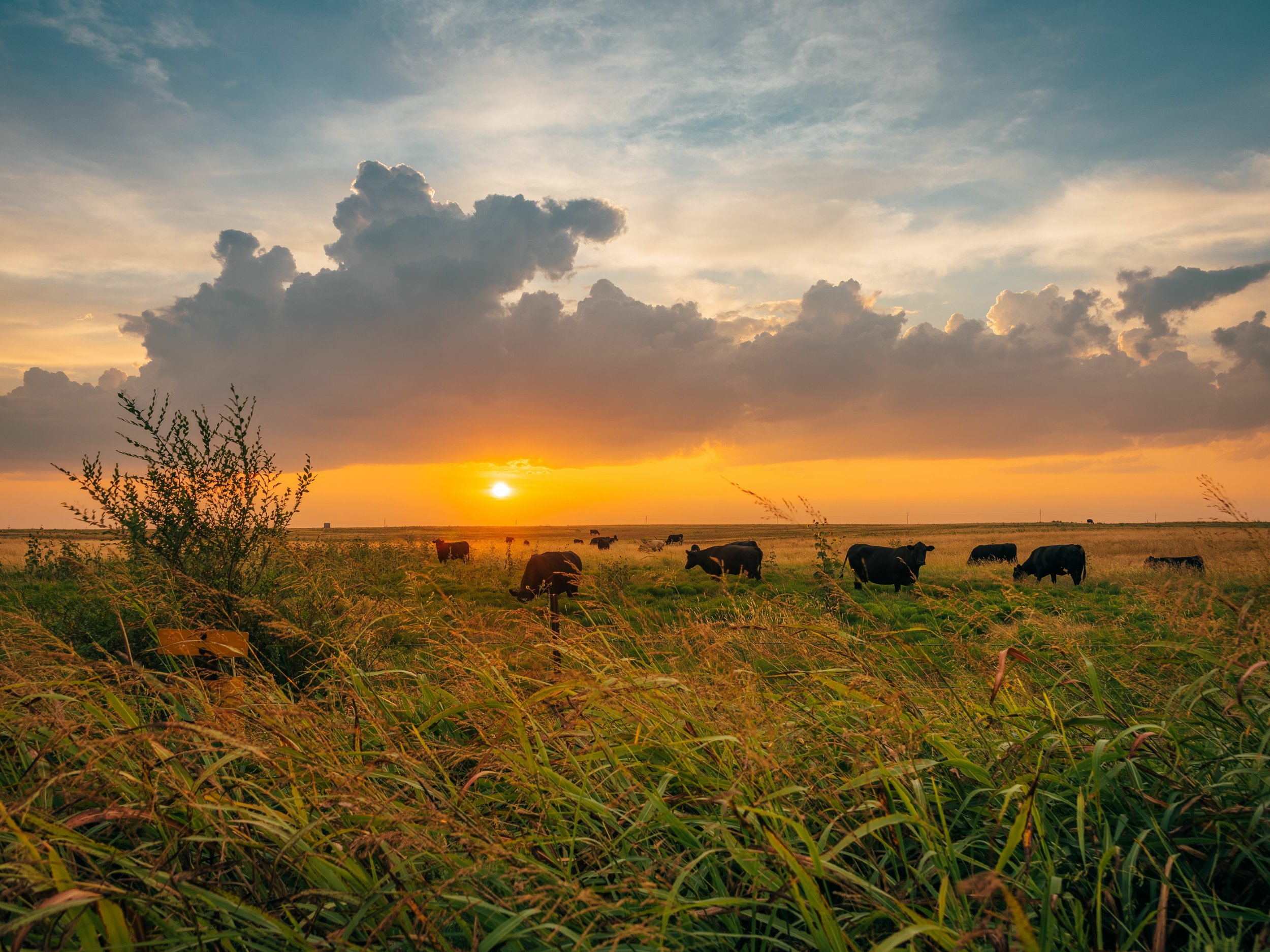
ESG: Bridging Values and Corporate Responsibility in Texas
In the heart of the Lone Star State, where conservative values run deep and the ethos of individual responsibility reigns supreme, a new acronym is causing ripples of discussion—ESG, short for Environmental, Social, and Corporate Governance. But for many in Texas, ESG is met with skepticism, and sometimes outright opposition…
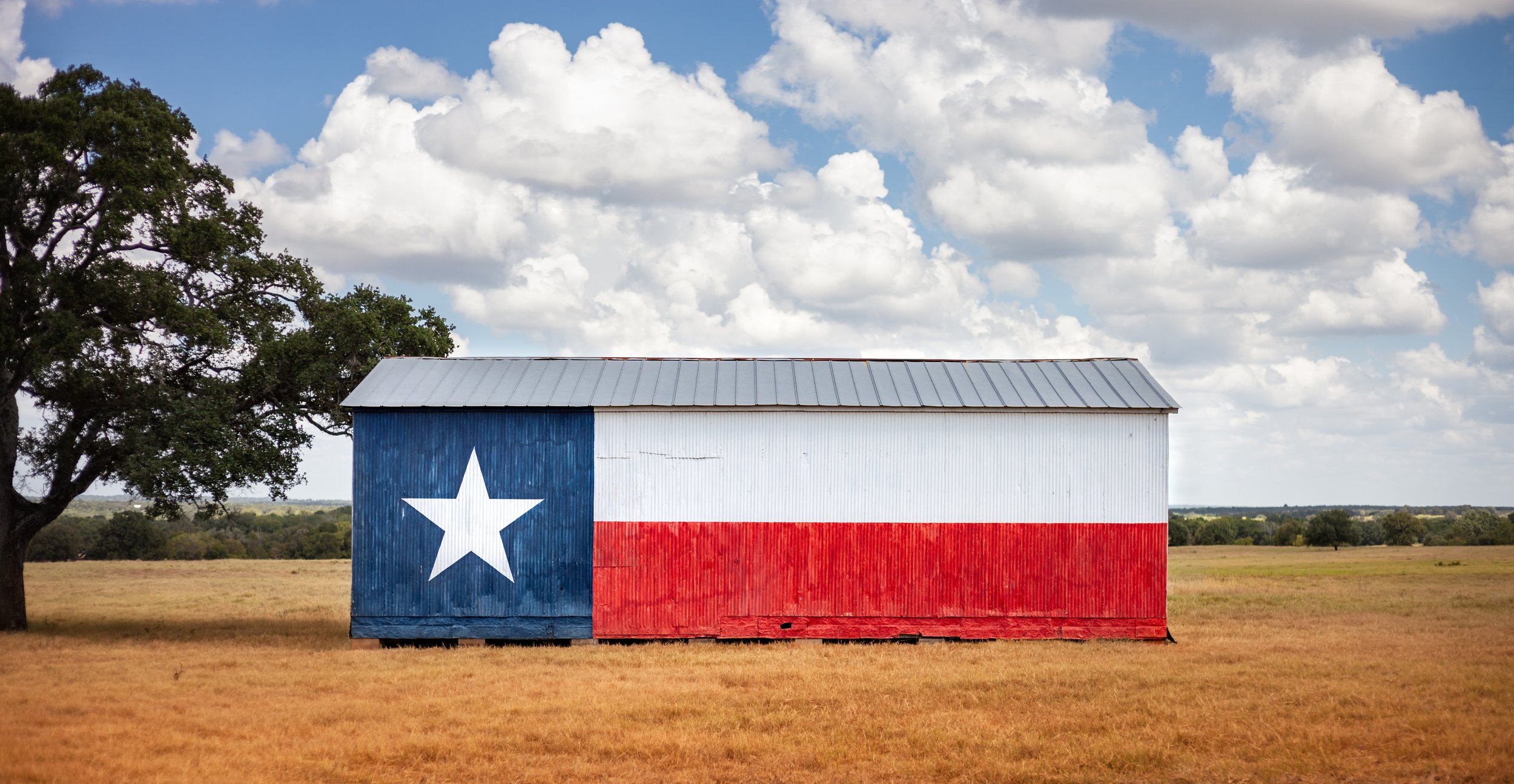
Conservation Partnership: The Texan by Nature Model and How It Relates to SARA
In the vast, rugged landscapes of Texas, where farming and ranching are not just professions but ways of life, the concept of conservation may seem distant to some. However, a new approach is emerging that aligns with the values and priorities of Texas farmers and ranchers, without the need for divisive terms like "climate change." Enter Texan by Nature…
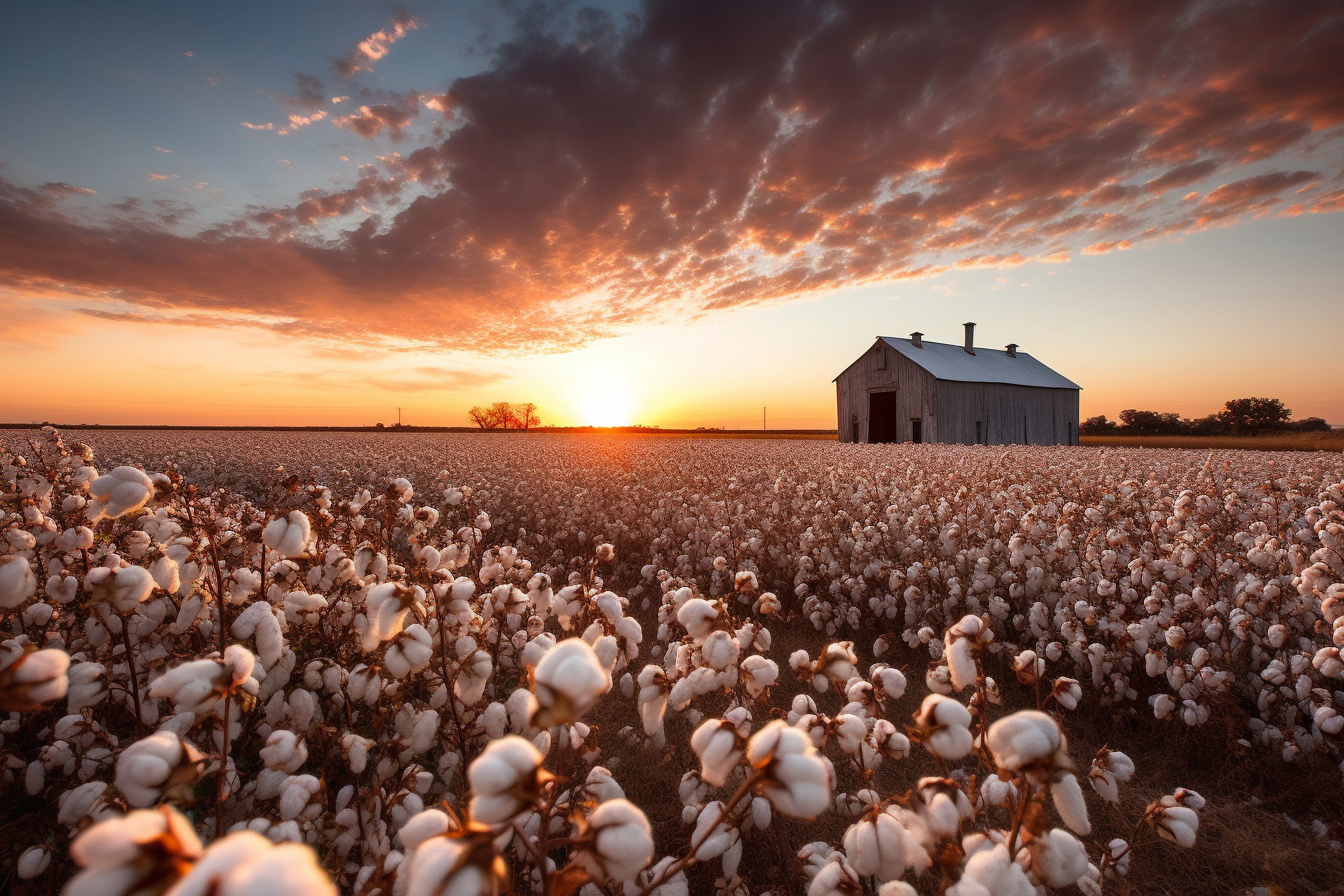
Weathering the Dust Bowl: Conservation Efforts and Farmer Resilience
In the annals of Texas history, few events have left as indelible a mark as the Dust Bowl. The mere mention of it conjures images of relentless dust storms, bone-dry fields, and despair etched onto the faces of those who called the land their home. The Dust Bowl was not just a natural disaster; it was a crucible that tested the mettle of Texas farmers and ranchers in unimaginable ways…
